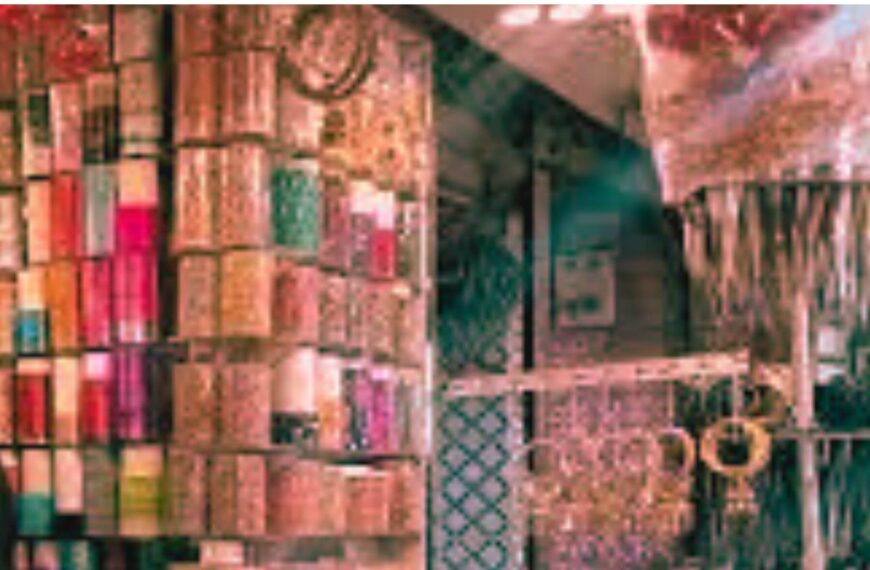Anumita tells us about Montreal, one of the most populous metropolis of Quebec Province, in Canada. The Notre-Dame Basilica of Montreal is a magnificent Gothic Revival style structure. Here’s the first part of the three-part Canada travelogue, exclusively in Different Truths.
Summer brings warm temperatures and is perfect for a trip to Canada. Loading our minivan for a long road trip, we started from our home in Columbus, Ohio.
The antiquity of Montreal dates back to 8,000 years. The first European to reach the area was Jacques Cartier on October 2, 1535. A mission named Ville Marie was built in 1642 as part of a project to create a French colonial empire. It became a city officially in 1832. A small village based on fur trade grew up in a sprawling city. The original inhabitants were the Mohawks and Algonquins. In the modern Mohawk language, Montreal is called Tiohtià:ke and in Algonquin, it is called Moniang. Montreal’s international status was cemented by Expo 67 and the 1976 Summer Olympics.
Up along the northern border, we made our way to Albany, NY and stayed the night at a hotel. The weather was not cooperating with us. The rain along the Syracuse slowed our drive time but in return, we witnessed the most beautiful and complete rainbow.
 Early morning, we drove up to the border and lined up at the customs checkpoint. 1st July, Canada Day, the spirits were high and the feeling of celebration was infectious. The tight security cost us about half an hour in line to cross the border. The drizzle seemed to have become our travel companion after some time it did not bother us anymore. We had a tight schedule of five days to tour two major cities of Quebec Province (Montreal and Quebec City) and Ottawa on our way back.
Early morning, we drove up to the border and lined up at the customs checkpoint. 1st July, Canada Day, the spirits were high and the feeling of celebration was infectious. The tight security cost us about half an hour in line to cross the border. The drizzle seemed to have become our travel companion after some time it did not bother us anymore. We had a tight schedule of five days to tour two major cities of Quebec Province (Montreal and Quebec City) and Ottawa on our way back.
To do justice to all the places, Montreal got only a day. Rain or shine we decided to make the best of it. First stop, the Basilica.
The Notre-Dame Basilica of Montreal is a magnificent Gothic Revival style structure. It was built after the church in its place, dedicated to Our Lady the Blessed Virgin. It was small to accommodate the attendees.
The then famous architect of New York, James O’Donnell, was chosen for the job. From 1824 to 1829 the main construction took place, but the architect died before the completion. Its interior decor, which was  overseen by Victor Bourgeau, has ornate and intricate motifs of gold and blue. Stain glass window with extensive and detailed artwork, create wonders for all those have laid eyes upon them.
overseen by Victor Bourgeau, has ornate and intricate motifs of gold and blue. Stain glass window with extensive and detailed artwork, create wonders for all those have laid eyes upon them.
After taking the time to admire the Basilica, I lighted few candles for all my loved ones and send out prayers for their well-being.
 Stepping out into the drizzle again, I realized that my husband has lost my umbrella. Shops with trinkets, souvenirs, and many such temptations were nestled around the area. As most of the tourists crawling around the place, we bee lined into such a store. I got a red Canadian Maple leaf symbolled umbrella and our house got the famous Montreal fridge magnet.
Stepping out into the drizzle again, I realized that my husband has lost my umbrella. Shops with trinkets, souvenirs, and many such temptations were nestled around the area. As most of the tourists crawling around the place, we bee lined into such a store. I got a red Canadian Maple leaf symbolled umbrella and our house got the famous Montreal fridge magnet.
Satisfied with the shopping we drifted in and out along the steady flow of people. Taking time to savor the moist air and the ambiance of the old city. On our way to the old part of the town, we walked along the festivity gathered along the plaza. Musicians were playing there. Artists displayed their artwork and everyone enjoyed the evening.
We settled down to have cups of coffee while soaking all our senses with what was happening around us. As we only got a partial day to visit, so we could not visit the newer part of the city.
Ending the day with a walk along the Old Port and the beautiful streets of Montreal, we boarded our minivan driving to our next destination, Quebec City.
(To be continued)
©Anumita Chatterjee Roy
Photos by the author.
#Montreal #VisitingMontreal #CityOfMontreal #HistoryOfMentreal #FrenchCityOfMontreal #MontrealQuebec #QuebecProvince #Travelogue #DifferentTruths



 By
By

